By Virginia Off-Road Staff
A New Season, A New Spirit
Crisp mountain air drifts through the hollows of the Blue Ridge this October, carrying the smell of damp leaves, campfire smoke, and fresh-turned clay. To outsiders it’s just another Virginia autumn. But to the state’s growing community of off-road enthusiasts, Fall 2025 feels different.
This year marks a turning point—a moment when Virginia’s dirt roads, forest trails, and forgotten fire lines stopped being fringe territory and started representing a new kind of outdoor recreation movement. What was once the pastime of a few dedicated wheelers has matured into a full-scale community built on education, conservation, and shared adventure.
The Virginia Off-Road Revolution isn’t about horsepower or heroics. It’s about stewardship, family, and the belief that wild places stay open only when people care enough to protect them.
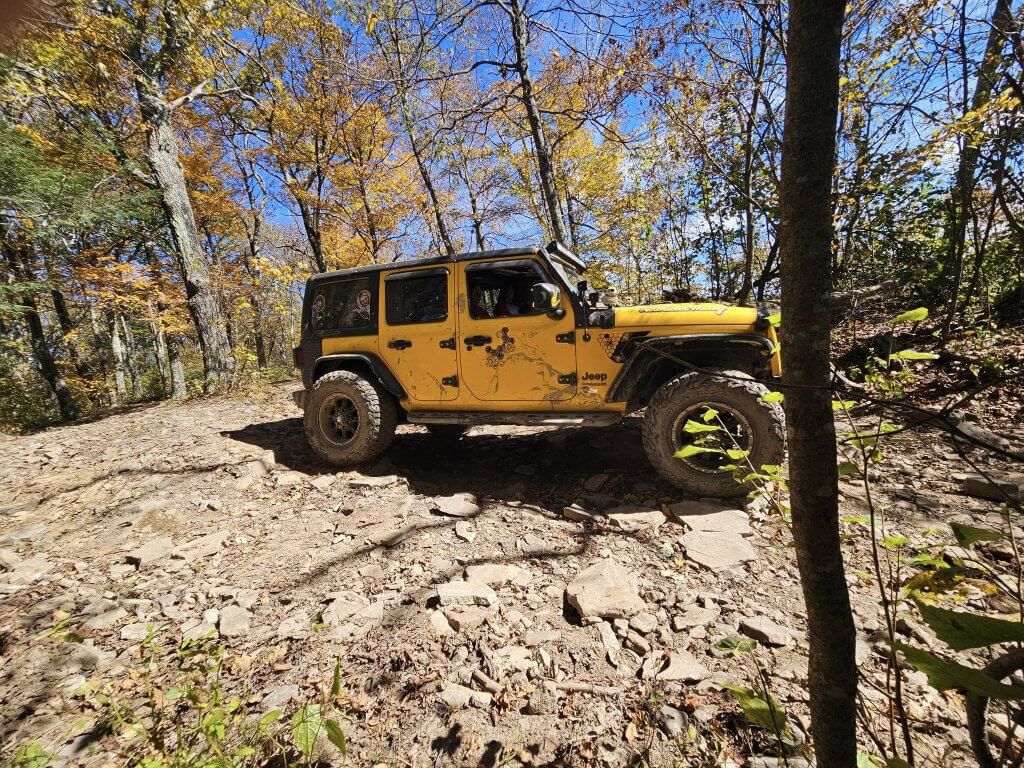
From Hobby to Movement
Not long ago, off-roading in Virginia was something you did quietly. Public perception leaned negative—noisy trucks, torn-up paths, “mud-boggers” with little respect for nature. Land closures followed, and responsible drivers were lumped together with bad actors.
That stigma is fading fast. Over the last five years, local clubs, nonprofits, and land managers have joined forces to prove that four-wheel recreation can coexist with conservation. At the center of that effort stands Virginia Off-Road (VAOR), a nonprofit that has spent the past year transforming scattered enthusiasts into a unified force for good.
VAOR’s message is simple: If we love these trails, we have to take care of them. Through volunteer cleanup days, Adopt-a-Trail partnerships, and educational programs like the OHV Safety & Ethics Course, the organization has built a foundation for sustainable off-roading statewide.
Fall 2025 finds VAOR closing in on a milestone—its “Trail to 500” membership campaign, a goal to recruit 500 supporters by year’s end. Each new member represents another set of hands keeping the backroads open.
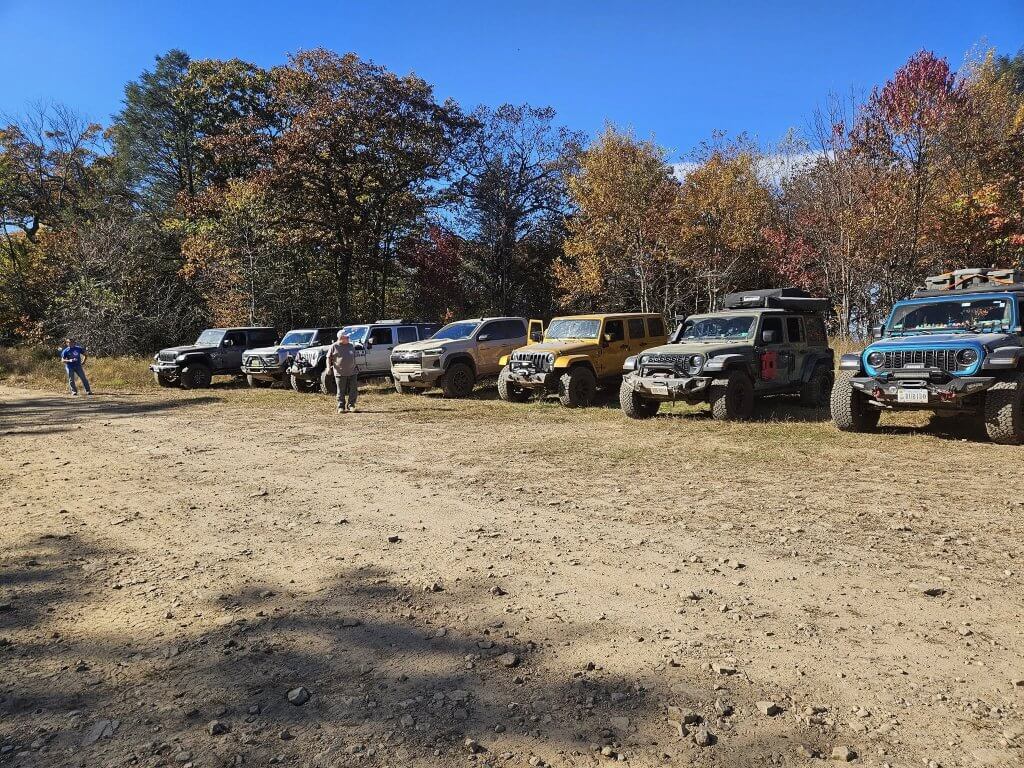
Why Virginia?
Virginia’s terrain tells the story. The Commonwealth offers everything: granite ridgelines, shale switchbacks, red-clay ruts, river crossings, and mountain overlooks that rival any in America. The Blue Ridge Mountains cut the state in half, while old logging roads lace through the George Washington and Jefferson National Forests.
Unlike the wide-open West, our trails are intimate. Trees grow tight; visibility is limited; the margin for error is slim. That intimacy breeds respect. Drivers learn to move slowly, to read terrain, and to spot for each other around blind corners.
It’s no coincidence that Virginia’s most beloved routes—Potts Mountain Jeep Trail, Bald Mountain, Bobblets Gap, and Spearhead’s Jawbone Trail—each demand patience as much as power. You can’t bully your way up a Virginia hill climb. You have to understand it.
This subtle difficulty is exactly what attracts newcomers. It’s accessible enough for a weekend warrior yet technical enough for serious enthusiasts to test their skills. In a world where “adventure” is often packaged and sold, Virginia’s off-road experience still feels raw and real.
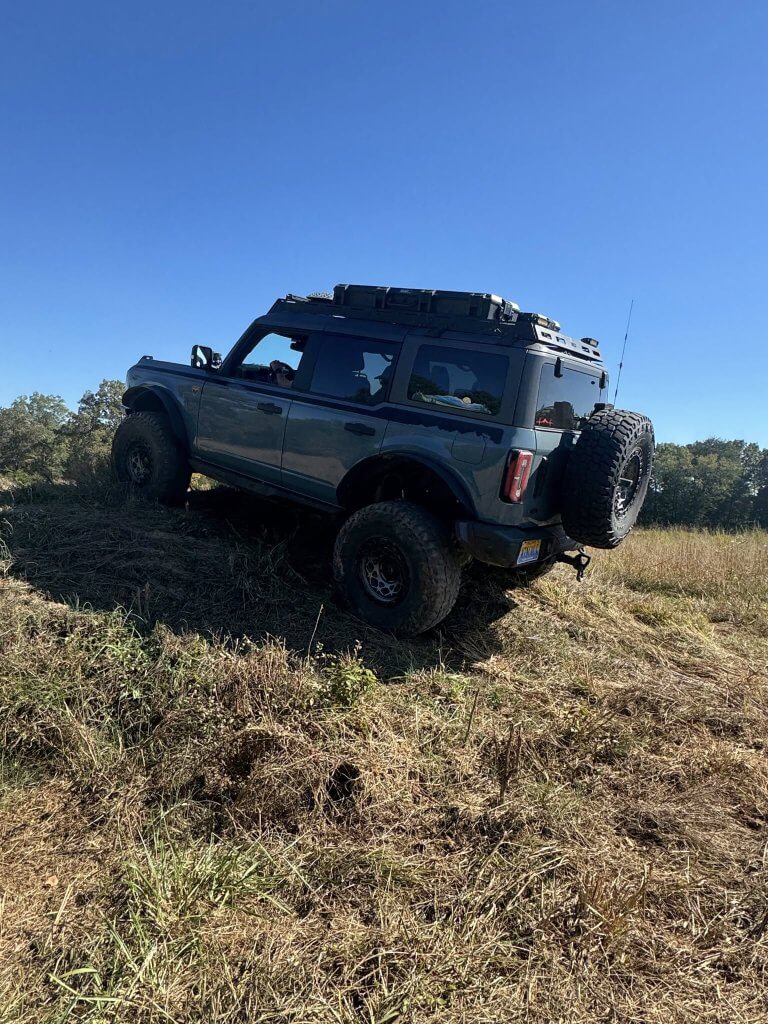
The Community That Grew from the Clay
Walk into any Virginia off-road event this fall—whether it’s Trucks & Coffee at See-Mor Customs or a Trail Cleanup Challenge weekend—and you’ll see something remarkable: diversity.
Families unload coolers beside military veterans. Jeepers park next to Broncos, Tacomas, and side-by-sides. There are women leading convoys, teenagers learning recovery techniques, and older drivers teaching the art of spotting through the woods.
Off-roading has become Virginia’s newest social glue. It’s not about vehicle badges anymore—it’s about shared experience. A flat tire becomes a teaching moment. A mud hole becomes a story retold around a fire.
This fall, VAOR’s Trail to Recovery program—which pairs veterans with volunteers for therapeutic trail rides—embodies that spirit perfectly. What began as a simple idea has evolved into one of the state’s most meaningful outreach efforts, turning recreation into rehabilitation.
Land Stewardship: The Heart of the Revolution
For all the adrenaline that comes with low-range crawling, the true soul of Virginia off-roading lies in stewardship. When VAOR launched its Adopt-a-Trail Program earlier this year, skeptics wondered if people would actually sign up to maintain remote routes. By fall, every major public trail in western Virginia had at least one adopting team.
These volunteers clear debris, log erosion issues, and report closures before they become problems. Many invest their own money in signage or cleanup gear. In return, VAOR recognizes them with digital badges, trail map credits, and—more importantly—the satisfaction of knowing their work keeps access alive.
This grassroots model is quietly influencing policy. Rangers in the George Washington National Forest have praised the data VAOR volunteers provide, using it to guide maintenance budgets and plan seasonal openings. What used to be a one-way relationship between government and user groups has become a true partnership.
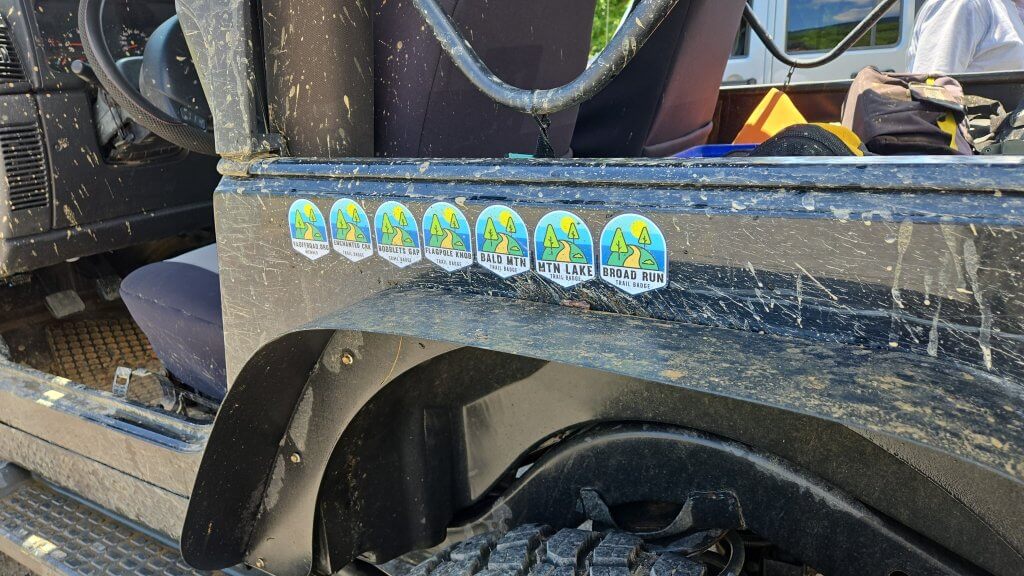
Education Over Ego
A core philosophy behind the Virginia Off-Road Revolution is education. Too many drivers buy a 4×4 and assume confidence equals competence. VAOR’s OHV Safety & Ethics Course was created to change that.
Participants learn real-world trail etiquette—how to yield to hikers and equestrians, how to minimize ruts, how to winch safely, and how to “Leave No Trace” in mud. The course blends classroom lessons with guided trail days where instructors demonstrate proper recovery and spotting techniques.
As one volunteer put it, “We’re not just teaching people to drive—we’re teaching them to represent.”
The results are tangible. Incidents of off-trail damage have dropped on monitored routes, and more drivers are sharing accurate condition reports on VAOR’s interactive trail map, which displays live updates from volunteers statewide.
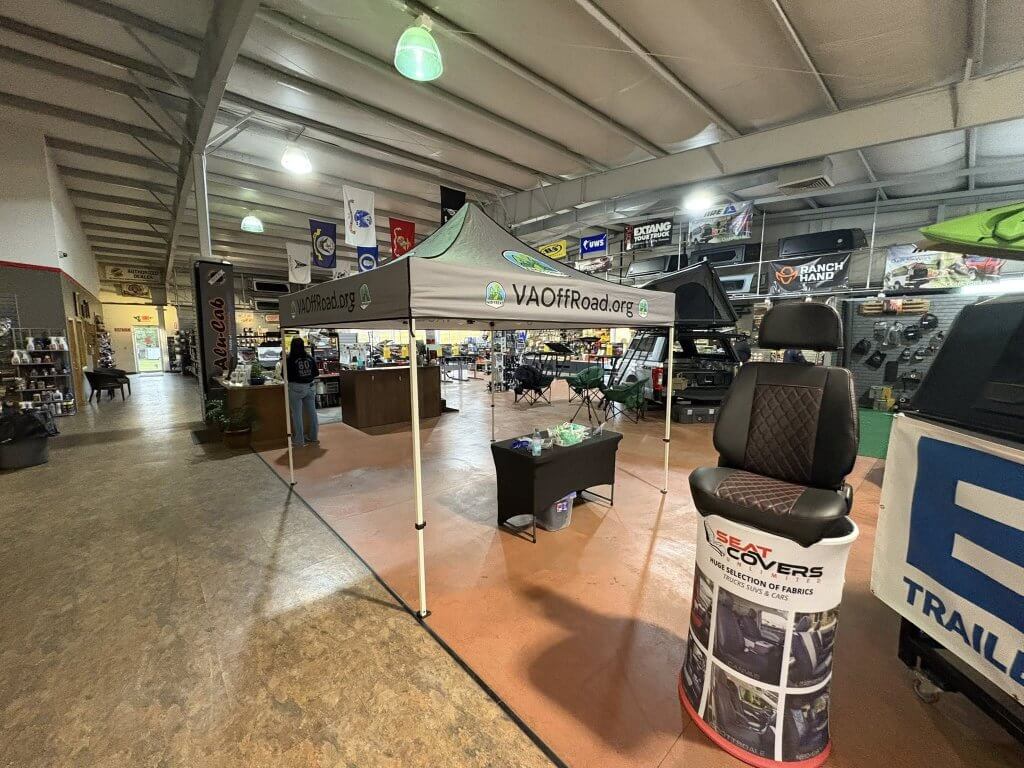
Technology Meets Tradition
Even the backwoods are getting digital. VAOR’s website now hosts an interactive Trail Condition Map where users can view difficulty ratings, report hazards, and see which routes are temporarily closed.
Built with Mapbox technology and powered by volunteer data, the map represents the perfect blend of modern tech and old-school community input. You can stand on a ridge near Bedford, mark a washed-out crossing on your phone, and within minutes that update appears for thousands of other drivers.
Later this fall, VAOR plans to launch an expansion called “Find Bigfoot”, a monthly Easter-egg challenge hidden across the site. The game encourages visitors to explore educational pages and earn discount codes when they discover the mythical mascot. It’s playful, but it reinforces a serious message: the more people engage with the site, the more they learn about responsible recreation.
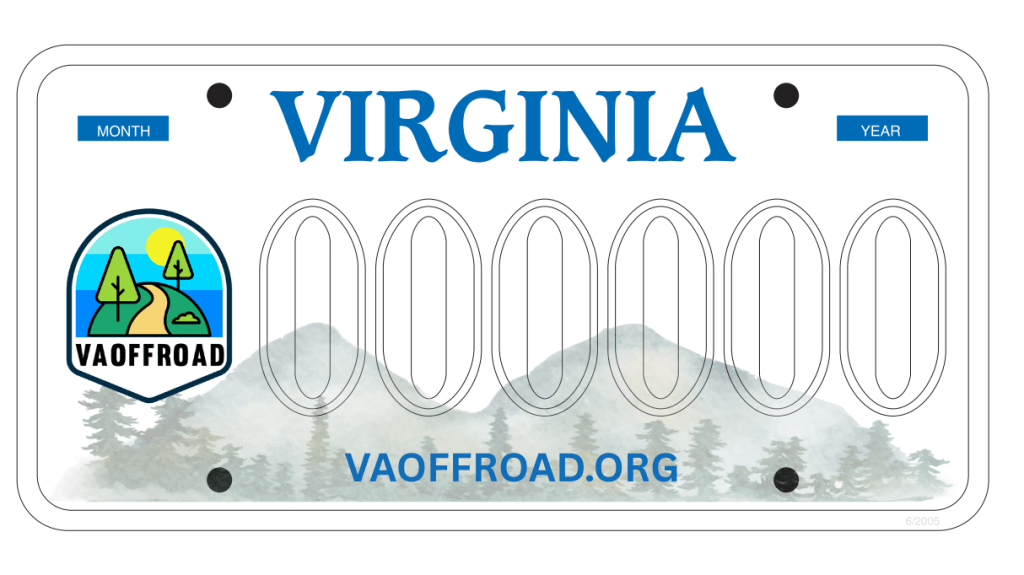
Partnerships That Power Progress
The Revolution hasn’t happened in isolation. Local shops and businesses are rallying behind it.
Southern Team Nissan and Subaru, Bull Run 4×4, and Blue Ridge Overland Gear have all partnered with VAOR through donations, sponsorships, or event support. Their backing not only funds programs but also signals legitimacy to the broader outdoor industry.
This fall, VAOR is finalizing its application for the Virginia Charitable License Plate Program, which will give residents the chance to display “Virginia is for Off-Roaders” on their vehicles. Each plate sold will feed back into trail conservation and education funds.
Corporate sponsorships and license-plate revenue together form a sustainable model—one that doesn’t depend solely on donations but instead integrates off-roading into the fabric of Virginia’s outdoor economy.
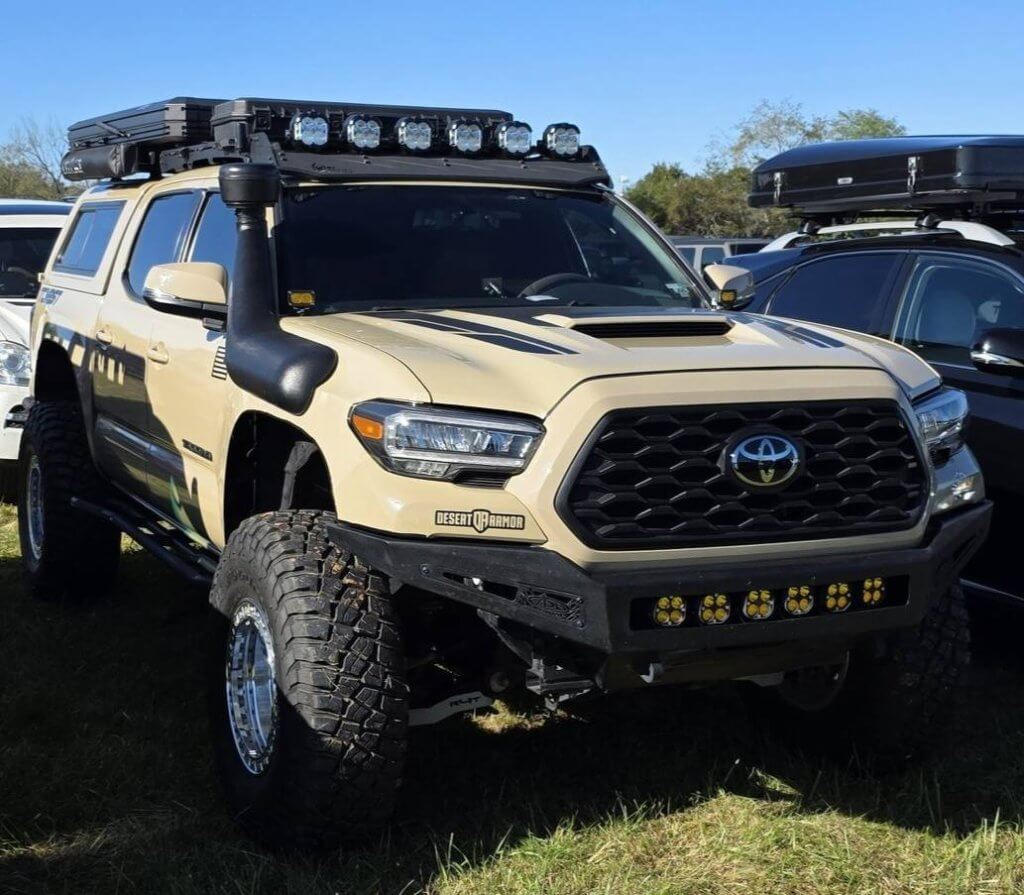
A Cultural Shift
Maybe the biggest change of all is cultural. The phrase “Tread Lightly” used to sound like a rule. Now it’s a point of pride.
Scroll through VAOR’s social feeds this fall and you’ll see drivers proudly posting cleanup photos, not mud-slinging selfies. Trail leaders are scheduling mixed-skill rides to teach beginners, and parents are bringing their kids along to learn early.
Even state tourism boards are taking notice. In a recent outdoor recreation briefing, analysts cited off-roading as one of the fastest-growing adventure categories in Virginia, driven largely by education and community engagement efforts like VAOR’s.
For small rural towns, that’s a welcome development. More visitors mean more fuel sold, more diners filled, and more appreciation for the landscapes locals already love.
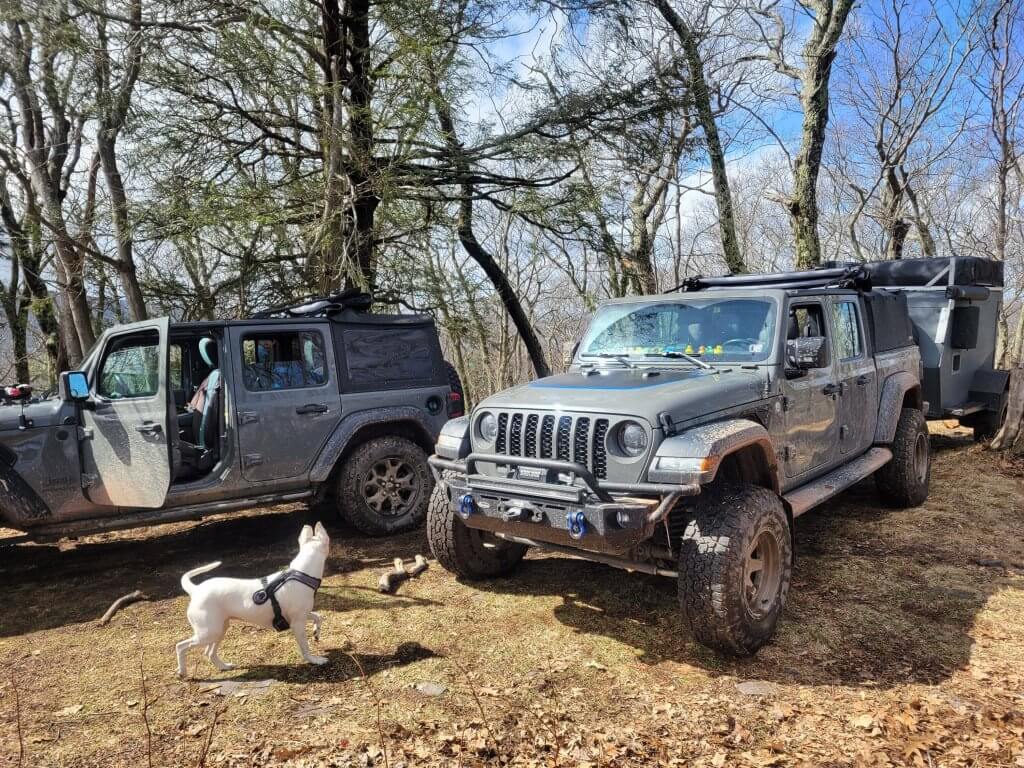
Looking Toward Winter and Beyond
As the leaves fade and the first frost coats the trails, VAOR members are already planning their winter projects: installing new signage, building a youth “Off-Road Explorers” curriculum, and preparing for the next phase of the Trail to 500 campaign.
The long-term goal? A network of maintained, publicly accessible OHV trails stretching from the Shenandoah Valley to Southwest Virginia, supported by a community that sees off-roading not as escape but as stewardship.
That vision will take time, funding, and plenty of sweat equity—but if 2025 has proved anything, it’s that the Virginia off-road community is ready for the challenge.
How You Can Join the Revolution
- Become a Member: Your dues directly support trail maintenance, education, and veteran programs.
- Adopt a Trail: Choose a section of road or trail to monitor and maintain.
- Volunteer: Join a cleanup crew or assist with events like Trail Fest 2026.
- Spread the Word: Follow VAOR on social media and share the mission.
Off-roading in Virginia is no longer about conquering terrain—it’s about caring for it. The Revolution is here, and every driver who turns a wheel in the mountains this fall is part of it.
Because in Virginia, adventure doesn’t end when the trail does. It begins when you give back.
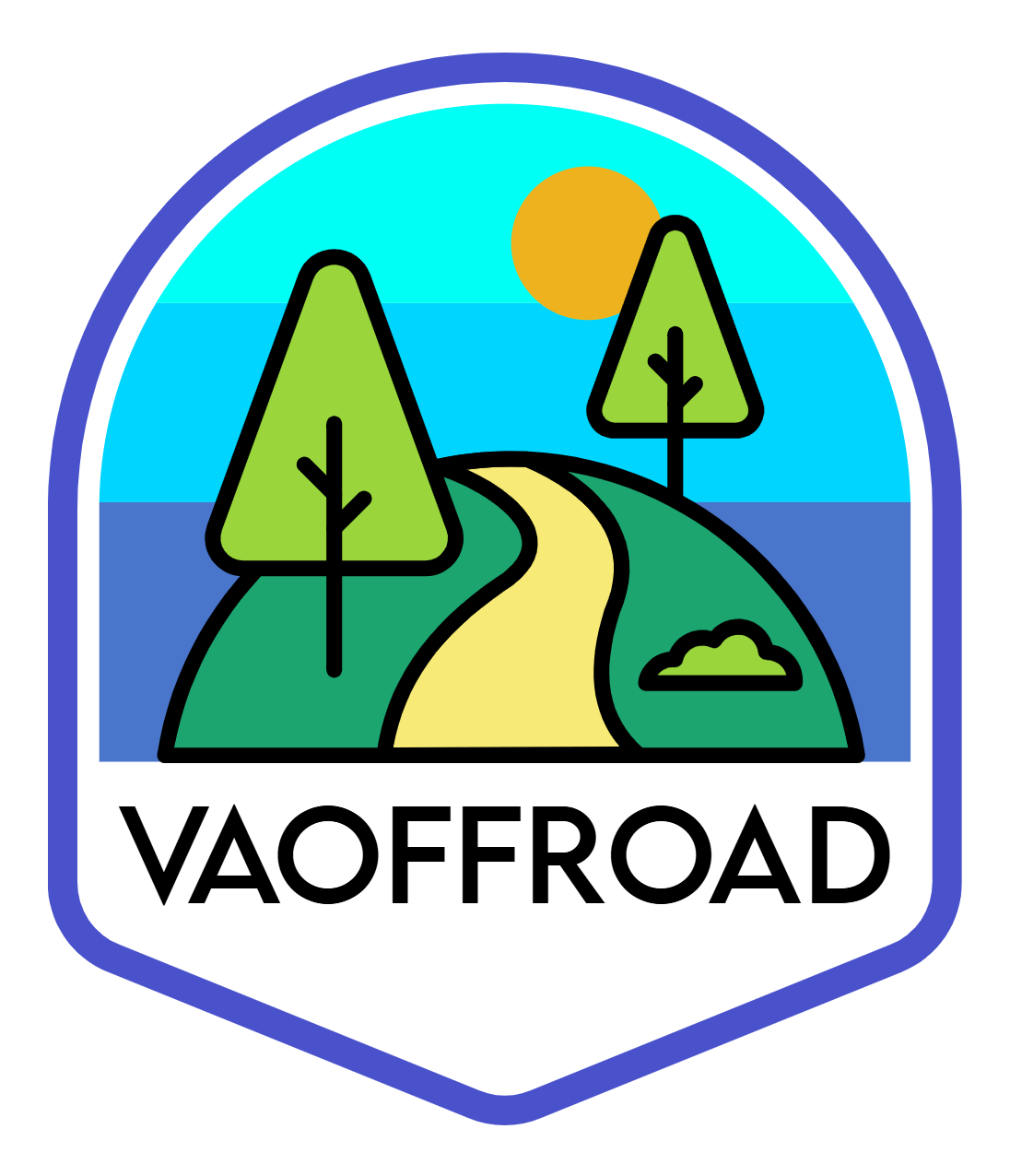
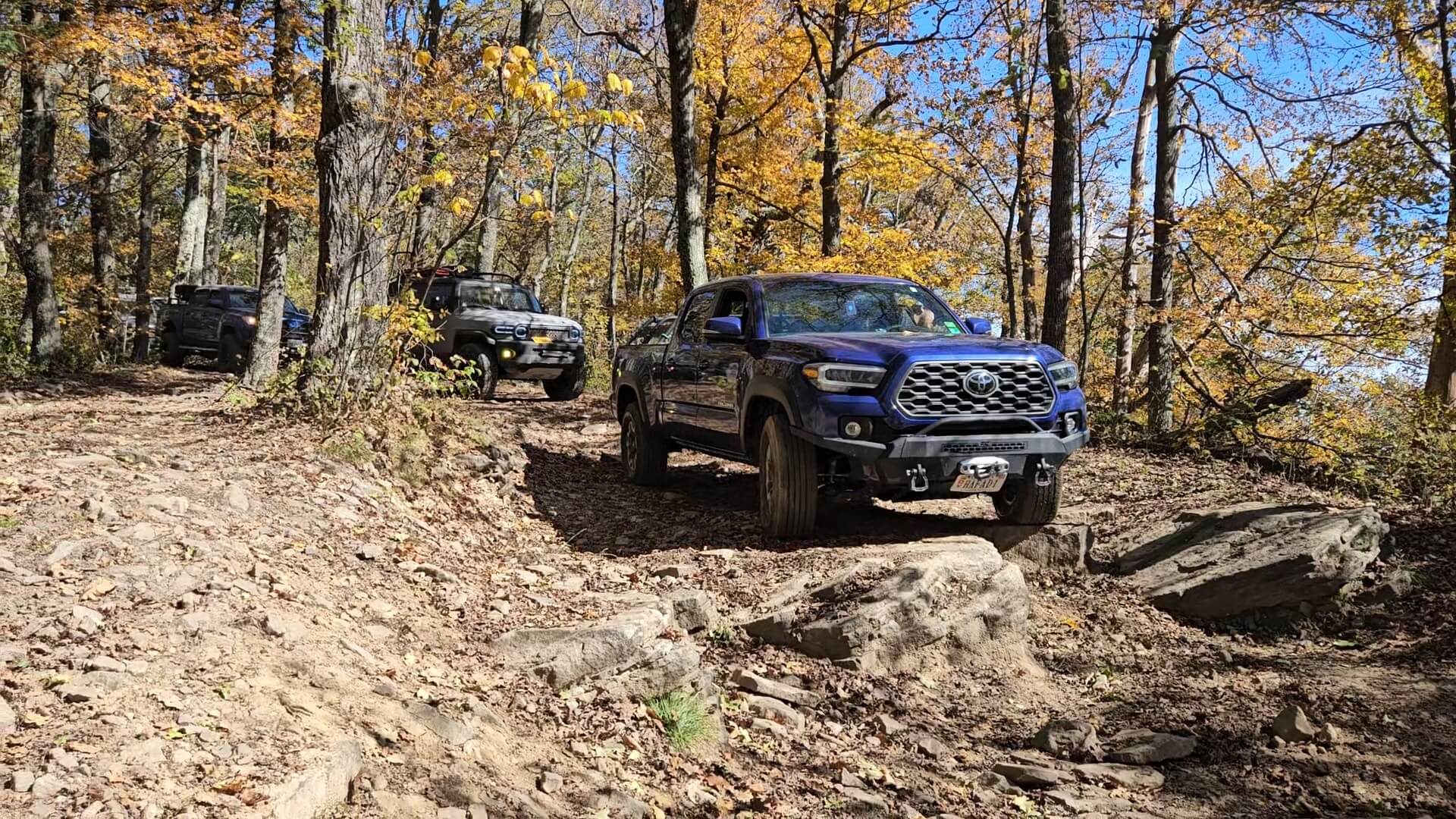
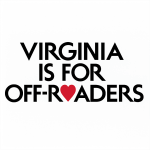
No responses yet